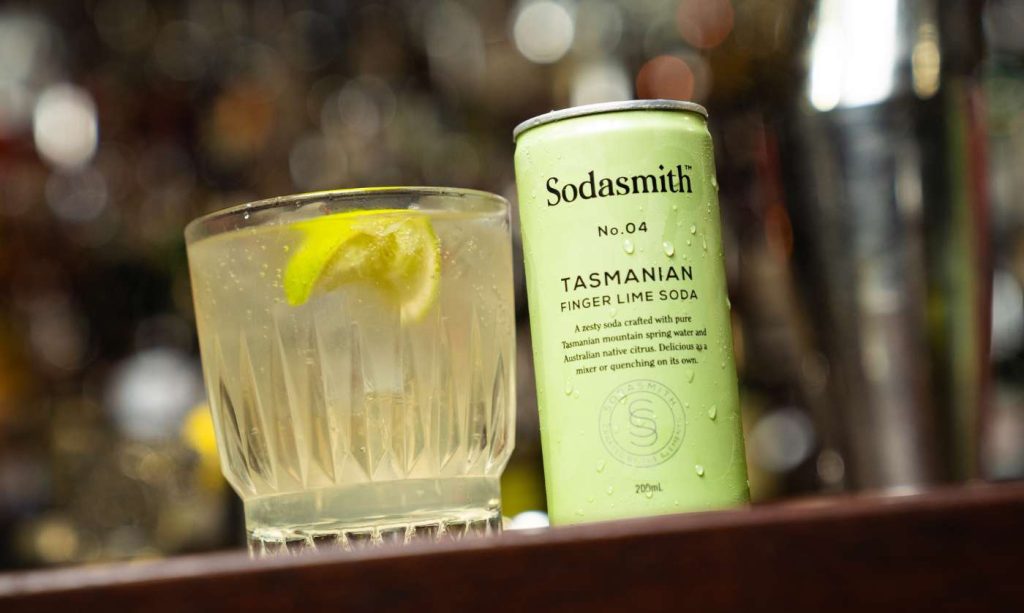A Little Sparkle
Published 23 Nov, 2015‘Too much of anything is bad, but too much of Champagne is just right’ -Mark Twain
The twinkling bubbles of sparkling wine have caused a sensation throughout history, feared by the Romans, coveted by Kings and sipped in celebration by modern wine lovers.
While sparkling wine is an entirely romantic experience, the secret to its signature sparkle is all down to science. Sparkling wine is a wine with significant levels of carbon dioxide, which diffuses from the wine upon contact with your glass, causing it to fizz. Sparkling wines are usually a white or rosé wine, but there are also several varieties of sparkling red wines, such as Australian sparkling shiraz. Of course, one of the most famous sparling wines is Champagne, which is exclusively produced in the Champagne region of France.
The Benedictine monk Dom Pierre Perignon is often credited with the invention of champagne, allegedly shouting ‘Come quickly! I am tasting stars!’ upon first tasting his creation. However, Perignon, like most wine makers in those days, actually spent most of his life trying to prevent wine from developing bubbles as this caused the bottles to burst in the cellar. This was actually such as problem that when deliberate sparkling wine production became popular in the 18th century, cellar workers would wear heavy iron masks to prevent injury from bursting bottles.
The key to creating a sparkling wine is a second fermentation during production. Grapes destined to become sparkling are harvested early when they are still high in acidity and great care is taken to avoid splitting the skins, which would lead to the presence of tannins. The primary fermentation occurs like most wine, although some producers may add a specially cultivated yeast, and following this fermentation the wine is generally blended with other grape varieties to form a cuvee.
From here bubbles can be added through carbon injection, or a second fermentation during which carbon dioxide is created and dissolved into the wine. There are several methods used to carry out the second fermentation. In the traditional or ‘champagne’ method, the cuvee is bottled with a mixture of sugar and yeast to activate the fermentation process, while the Charmat method takes place in pressurized stainless steel fermentation tanks.
Sparkling wine is the traditional drink of choice for celebration, but there’s no need to save it for special occasions. Champagne is always a welcome addition to a seafood dinner, a sparkling rose is the perfect companion for warm summer evenings, and prosecco is wonderful in ever trending wine cocktails.
Sparkling cocktails to try this summer
Love Potion
Ingredients
- 1/3 cup blackberries, plus 8 more for garnish
- 1/3 cup water
- 1/3 cup sugar
- 1 bottle of prosecco or champagne
- 4 sprigs of thyme
Instructions
- In a small saucepan, bring the blackberries, water and sugar to a boil. Turn to low and let simmer for 10 minutes. Strain blackberries and let syrup cool.
- Add 2 tbsp. of syrup to the bottom of each glass. Top with champagne and add in a sprig of thyme and 2 blackberries!
Recipe found on Jacquelyn Clark
Nectarine Bellini Popsicles in Champagne
Ingredients
- 1/4 cup champagne or sparkling wine
- 6 nectarines or peaches
- 1 tablespoon sugar (optional)
- Champagne or Prosseco to serve
Instructions
- To make the puree, peel and pit peaches or nectarines. Place in a blender and sprinkle with sugar. Allow to macerate for about 15-20 minutes and then blend until smooth.
- To make iceypoles, measure 3/4 cup of puree and mix with 1/4 cup or sparkling wine. Pour into molds and insert popsicle sticks. Freeze for several hours or overnight.
- Serve the icepoles in a wide glass of champagne.












